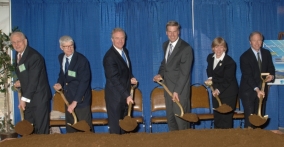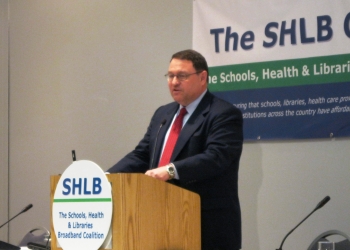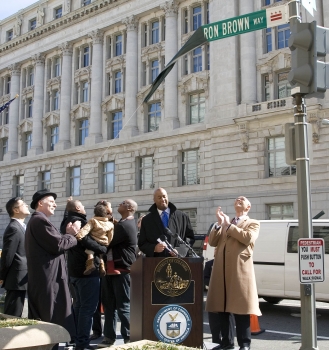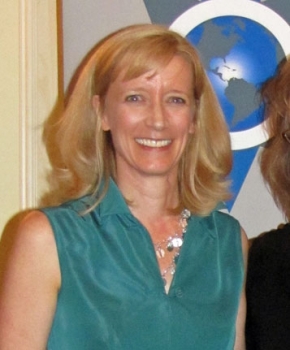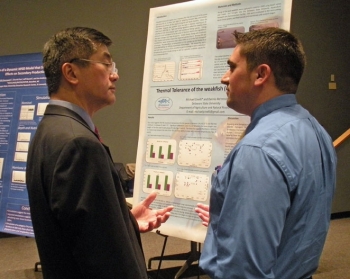NIST Breaks Ground on New Green Technology and Fire Safety Facilities
New facilities showcase best in green technology and fire-safety funded by the American Recovery and Reinvestment Act
The Commerce Department’s National Institute of
Standards and Technology (NIST) has begun construction on three new facilities
at its Gaithersburg, Md., campus that will help to advance green technology and
fire safety building practices with funding from the American Recovery and
Reinvestment Act. The National Fire Research Laboratory, the Net-Zero Energy
Residential Test Facility, and structures supporting more than 2,500 new solar
energy panels that will supply electricity to the NIST campus were unveiled at a
ceremony with U.S. Representative Chris Van Hollen (D-MD-8), Chair of the White
House Council on Environmental Quality Nancy Sutley, and other industry and
government officials.
The National Fire Research Laboratory will be expanded to include a National Structural Fire Resistance Laboratory, a 21,400-square-foot space that will provide a unique capability for testing full-scale structural elements, subassemblies and systems under realistic fire conditions.
Resembling a typical suburban Maryland single-family home, the Net-Zero Energy Residential Test Facility will serve as a test bed for new home-scale energy technologies, showing that a residence can produce as much energy from renewable resources as it consumes over the course of a year.
NIST will also launch a new solar energy system as part of its commitment to implementing renewable energy sources. The Grid-Connected Photovoltaic System will feed directly into the existing electrical grid, generating more than 700 MWh of electricity annually – enough to power 67 homes – and offsetting a portion of NIST’s electrical power needs.
For more information on these state-of-the-art initiatives at the NIST campus, visit http://www.nist.gov/el/facilities-033011.cfm.


